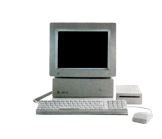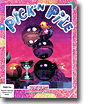Pick n Pile
Your Rating: Not Yet Rated
Average Rating: 4.0 (2 people have rated this item.)
RAM Requirement: 1 meg RAM
Control: Mouse or Joystick
Release Status: Abandonware
Year: 1990
Publisher: Procyon, Inc.
Developers: Atreid Concept
System 6 Compatible: Yes
Hard Drive Installable: Yes
 Download 2image Archive (204k)
Download 2image Archive (204k)
 Download the manual in PDF format (1021k)
Download the manual in PDF format (1021k)
All ebay results related to this archive:
No Results for 'Pick n Pile' for the Apple IIGS available on Ebay
Current Apple IIGS related Auctions Listed By Time Left:
Vintage Software Apple II IIe IIc IIgs RUSSIA The Great War in the East
LEGO TC Logo - Super Rare DACTA - APPLE IIe & IIgs - Interface Card & Cable 9767
Apple ADB Touchpad Mouse Mice Replacement for G5431 m1042 M2706 A9M0331 IIGS IIe
Phonics Prime Time 1.0 by MECC for Apple II+, Apple IIe, Apple IIc, Apple IIGS
Sound Tracks 1.0 by MECC for Apple II+, Apple IIe, Apple IIc, Apple IIGS
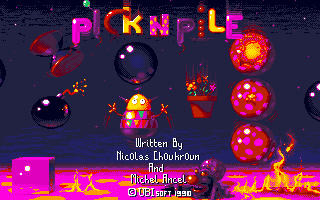
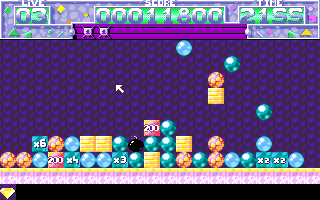
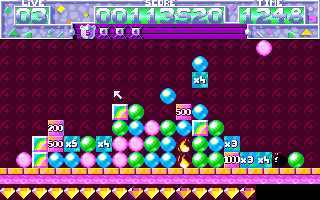
Pick n Pile has a dubious chronological history, but the loading and title screens both state the game was made in 1990.
The version included in the Fairway is the one released by Procyon. I also have another version, which only credited Atreid on the load up screen, but the 1990 copyrights are still there. The two versions are almost identical, but I included the Procyon release, because it had a multi coloured thermometer-loading gauge, included its own documentation, and left no hint of a manual word lookup, which the older version did (it was cracked).
Besides the uncertainty of the time of release, the game is by Atreid, a French outfit, whom I believe several members of the FTA began work for after the well known creative French team split up in 1992. Antoine Vignau has set me straight and told me that no member of the FTA worked on Pick n Pile and that it was programmed by Barbe Bleue.
With that out of the way, onto the game. It's quite weird. Definitely one for the mouse potatoes, but as you progress further into the game, it becomes rather hectic.
I find the game addictive, but I can't understand why. The gameplay is really simple, to the point where the first couple of levels, you're wondering why you're bothering; it's too easy. Quite simply, you have to eliminate every coloured ball you see that hits the ground in a limited amount of time.
To do this, you literally pick and pile - by using either the mouse or joystick (I'm not sure why you'd even consider using the joystick with this one, it's a point and click game) you simply select a ball with the mouse button and then click on another area of the playfield for that ball to be moved to a different location. The new location you move the ball, or wall, or any other type of movable object, doesn't necessary have to be an empty space - if something exists there already, the game swaps the two objects' positions. This can be particularly useful in wanting to make large columns of one type of coloured ball - the larger the column, the more points you'll gain when they explode in unison. You only need to have two of the same coloured ball to eliminate them both. Of course, if you can pile up three or more balls, you get extra points.
There are also multipliers and bonuses, which if included in a ball column when eliminated will increase bonus further. Hint: walls are particularly useful to trap columns of balls, as well as using a wall at the bottom of a column will stop the pile from instantly blowing up - a column of balls will only be eliminated if the ball at the bottom is touching the ground. If you run out balls, i.e. not having at least two of the same coloured ball so they can be eliminated, press the option key and more will drop down for you at random. Pressing open-apple will distribute a new group of objects.
Of course, the game doesn't end with funky objects such as the bonus and multiplier ones. There are bombs, which destroy everything in a radius of around nine objects, fire, which spreads quickly over the game field and can't be moved, skulls, which will make your precious time disappear twice as quickly, hour glasses, which give you extra time and pot plants, which render a column of balls annoyingly indestructible.
The graphics are beautiful, wonderfully colourful and set my expectations as to how puzzle games should look. The Sound Smith intro music is a nice touch, but it's a shame it's the only tune. The sound effects are more than adequate for the game play, but are by no means astounding. All in all, a very worthwhile puzzle game - easily one of the best for the IIGS.
